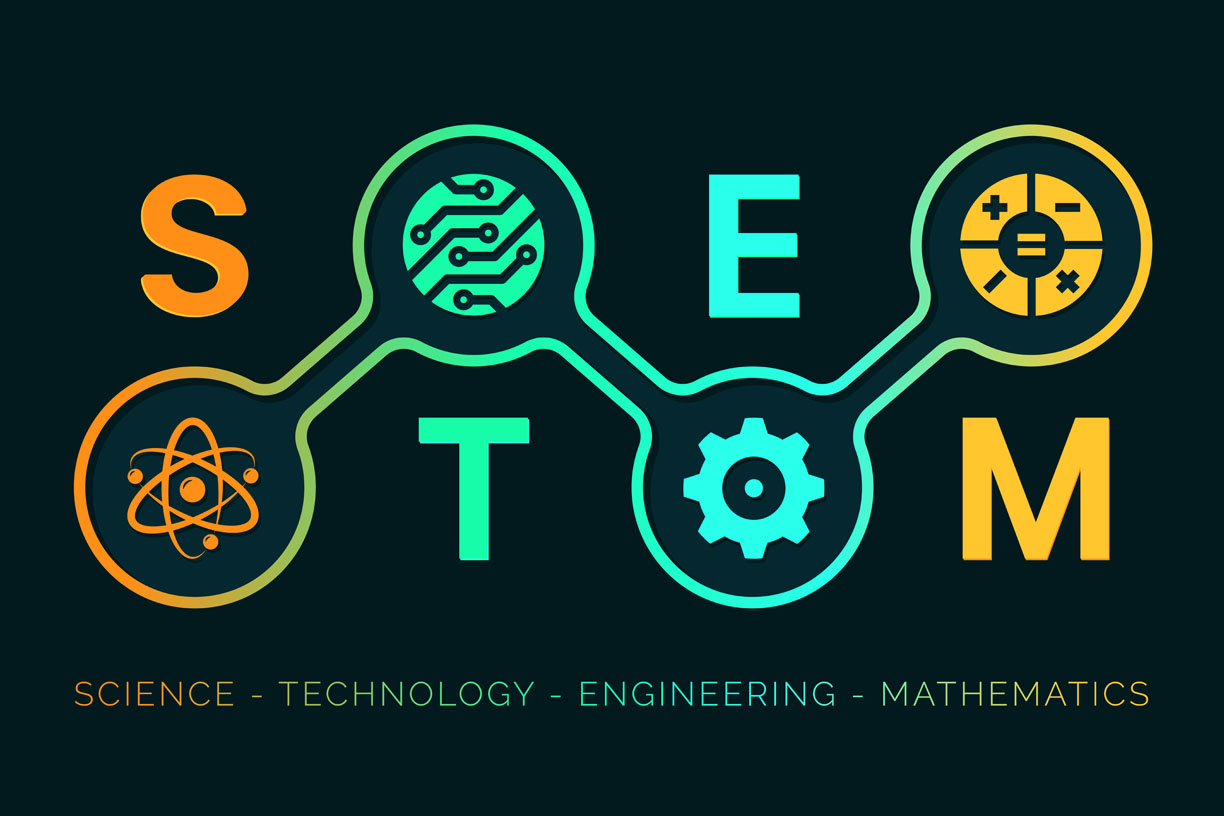Residential MSBA Academics
Advance your journey at William & Mary
Our Approach
William & Mary's Master of Science in Business Analytics program prepares you to lead in a world where data, analytics, and artificial intelligence drive organizational success. Our program blends rigorous technical training with real-world business applications in an environment that mirrors today's data-driven enterprises. You'll collaborate with your learning team on applied projects, develop fluency in AI and machine learning tools, and learn to translate complex analytics into strategic insight.
The curriculum follows a distinctive "bookend" design—beginning with business context and decision-making foundations, progressing through advanced analytics, cloud computing, and AI coursework, and culminating in a client-based capstone project where you serve as a consultant for an industry partner. Graduates emerge ready to innovate with data, lead with intelligence, and make immediate impact in any organization.


